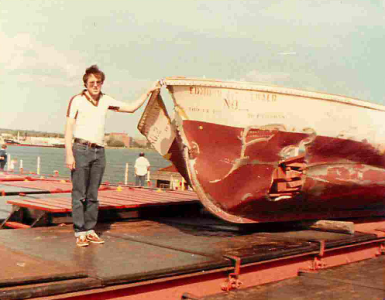
The major storm behind Gordon Lightfoot's 'The Wreck of the Edmund Fitzgerald' - The Weather Network
Shortly after 7:10 p.m. on Nov. 10, 1975, the Edmund Fitzgerald suddenly sank in Canadian (Ontario) waters 530 feet (160 metres) deep after encountering a severe storm on Lake Superior.
Shortly after 7:10 p.m. on Nov. 10, 1975, the Edmund Fitzgerald suddenly sank in Canadian (Ontario) waters 530 feet (160 metres) deep after encountering a severe storm on Lake Superior.


